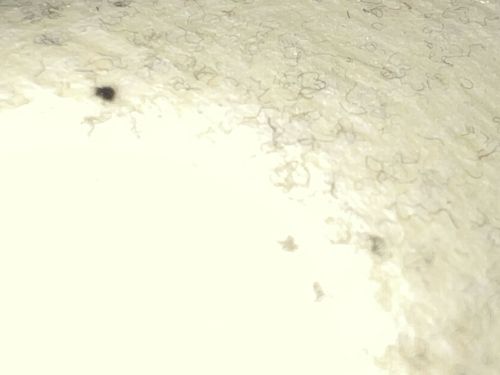Dust mite
Scientific Name: Dermatophagoides spp.
Order & Family: Order Sarcoptiformes, Family Pyroglyphidae
Size: 0.2-0.3 mm (microscopic)

Natural Habitat
They thrive in warm, humid environments, commonly found in dust in homes, especially in beds, carpets, upholstered furniture, and clothing.
Diet & Feeding
Dust mites feed primarily on dead human and animal skin flakes (dander).
Behavior Patterns
Dust mites are microscopic arachnids that are not visible to the naked eye. They do not bite or sting. They reproduce rapidly, especially in high humidity, and their populations can reach millions in a single household. They are most active at night when humans are in bed, providing them with a readily available food source (skin flakes) and optimal warmth and humidity.
Risks & Benefits
Potential risks include being a major allergen for humans. Their feces and body fragments can trigger allergic reactions such as asthma, eczema, and allergic rhinitis (hay fever). There are no known benefits to humans or the ecosystem.
Identified on: 10/12/2025